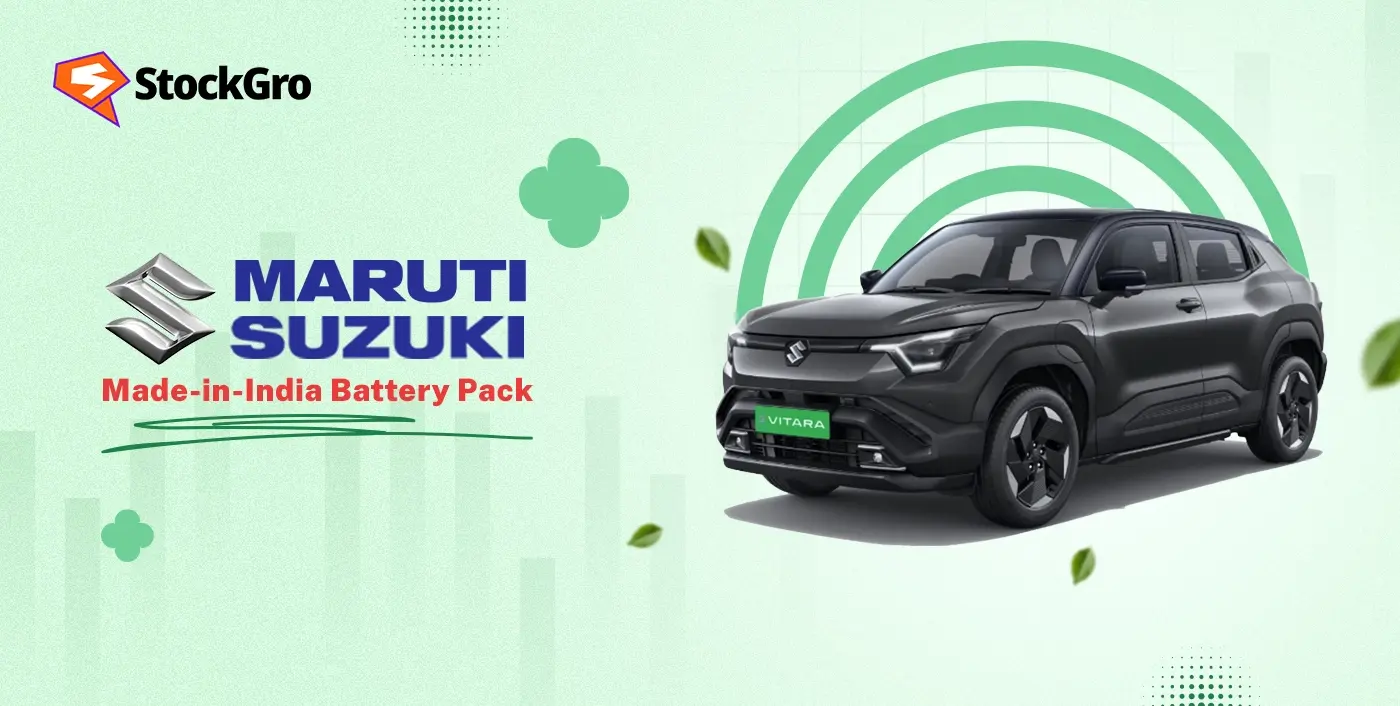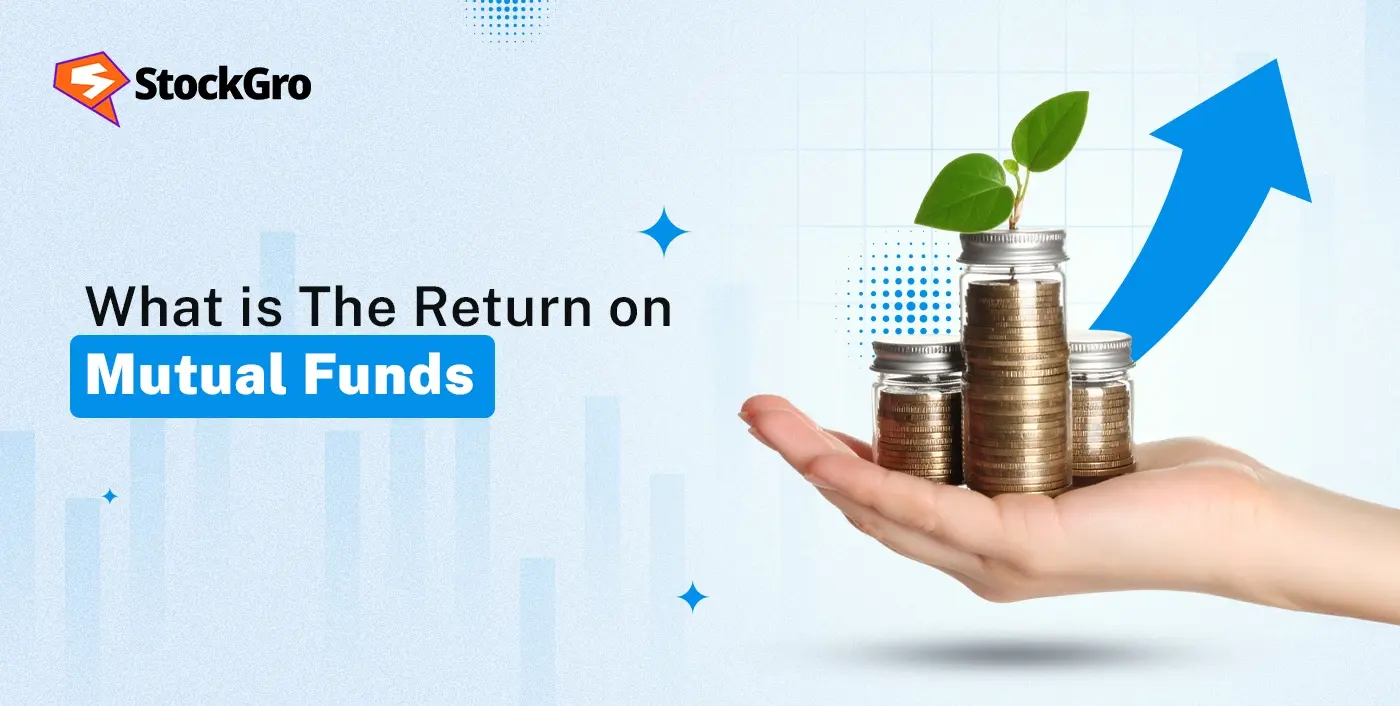
India’s journey toward green mobility hit a milestone in August 2025. At Hansalpur, Gujarat, Maruti Suzuki inaugurated its new lithium-ion battery facility, with Prime Minister Narendra Modi leading the launch. For the first time, critical battery cells and electrodes that usually came from abroad will now be made in India. And this directly powers two key models — the Grand Vitara hybrid SUV and the upcoming Maruti Suzuki e Vitara electric SUV.
This step is more than just an engineering update. It shows how India is moving closer to being self-reliant in advanced manufacturing while also setting up to export EVs to global markets.
Maruti Suzuki e vitara: an EV made in India, shipped worldwide
The Maruti Suzuki e Vitara is not only the company’s first fully electric SUV but also a model built for global exports. The first batch will be shipped from Pipavav port to 100 countries, including the UK, Germany, France, Norway, Japan, and several others across Europe.
The e Vitara sits on the 40PL EV platform, co-developed with Toyota, which will also launch its own Urban Cruiser EV. By producing and exporting EVs from India, Maruti is extending its four-year streak as India’s top car exporter into the electric age.
For investors and consumers alike, this means Maruti isn’t just chasing the domestic EV market. It’s aiming to be a serious global EV player, creating a long-term growth story.
Also read: Everything you need to know about the Vikran Engineering IPO
The battery plant at Hansalpur: Localisation at scale
One of the most important outcomes of the Hansalpur launch is the TDS Lithium-Ion Battery Gujarat (TDSG) plant. A joint venture with Toshiba and Denso, this facility is India’s first to localise electrode production (both cathode and anode).
The plant currently has the capacity to produce 18 million cells annually and will expand by another 12 million cells soon, taking it to 30 million cells per year. The project required an investment of ₹4,267 crore, and this localisation makes Maruti Suzuki one of the first automakers in India to manufacture hybrid and EV batteries at scale.
Grand vitara hybrid: now powered by an Indian-made battery pack
While the e Vitara gets the spotlight, the Grand Vitara strong hybrid is also part of this battery story. Its hybrid pack is now made locally, featuring:
- 48 lithium-ion cells
- Weight of 18 kg per module
- Capacity of 0.6 kWh
- Built with an aluminium die-cast frame for durability and cooling
Combined with a 177.6 V battery system and a 1.5-litre petrol engine, the Grand Vitara delivers 115.56 hp power, 112 Nm torque, and an impressive 27.97 km/l fuel efficiency.
For everyday drivers, this means fewer trips to the fuel pump and more savings. For Maruti, it means reduced costs by cutting imports and scaling hybrid tech faster in India.
You may also like: All you need to know about the Anlon Healthcare IPO
Hansalpur mega plant and Maruti’s ₹70,000 crore investment plan
The Hansalpur plant isn’t only about batteries. It has the capacity to manufacture 7.5 lakh vehicles annually across three production lines. When added to its facilities in Haryana (Gurugram and Manesar), Maruti now has a total production capacity of 2.35 million vehicles per year.
Suzuki Motor Corporation’s president, Toshihiro Suzuki, announced that the company will invest ₹70,000 crore in India over the next five to six years. The focus will be on EVs, hybrids, and scaling production further.
Also read: Top EV Sector Penny Stocks in India to Watch for 2025
Here’s a quick summary of the key numbers:
| Metric | Value |
| Planned investment in India (5–6 yrs) | ₹70,000 crore |
| Hansalpur plant capacity | 7.5 lakh vehicles per year |
| Maruti total capacity (2025) | 2.35 million vehicles per year |
| TDSG battery plant investment | ₹4,267 crore |
| Current battery capacity | 18 million cells/year |
| Planned expansion | +12 million cells → 30 million/year |
| Grand Vitara hybrid battery | 48 cells, 0.6 kWh, 18 kg |
| Hybrid fuel efficiency | 27.97 km/l |
| Countries targeted for e Vitara exports | 100 countries |
What it means for Maruti Suzuki stock
For investors tracking Maruti Suzuki (NSE: MARUTI), this development is more than symbolic:
- EV exports = global revenue stream: Selling the e Vitara to 100 countries strengthens Maruti’s global presence, adding long-term revenue visibility.
- Lower costs, better margins: Localising electrodes and battery packs cuts reliance on imports, reducing forex pressure and improving profitability.
- Hybrid edge in India: With fuel efficiency of 27.97 km/l, the Grand Vitara hybrid appeals to buyers who want savings without range anxiety. This gives Maruti a competitive edge while EV adoption is still gradual.
- Investment visibility: The ₹70,000 crore investment builds confidence in growth prospects through FY 2025-26 and beyond.
- Policy tailwinds: Backing from “Make in India” and eligibility under PLI schemes positions Maruti well for incentives and policy support.
Wider impact on auto and EV stocks
This move also sets the tone for the wider EV and auto ecosystem in India:
- Battery makers: Companies like Exide Industries, Amara Raja Energy, and Tata Chemicals may benefit from growing demand for local EV battery components.
- Auto peers: Tata Motors and Mahindra & Mahindra will face sharper competition in EV and hybrid segments, pushing them to innovate further.
- Ancillaries: Auto component suppliers like Bharat Forge and Sona BLW Precision could gain as localisation boosts demand for EV-specific parts.
Conclusion
The launch of the Maruti Suzuki e Vitara and the localisation of the Grand Vitara’s battery pack mark a new chapter. Maruti is no longer just assembling cars — it is building the critical technology that drives the future of mobility.
For young investors, this is a reminder that the next phase of India’s auto growth story lies in EVs and hybrids, and Maruti Suzuki stock is central to that narrative. With global exports, cost efficiency, and heavy investments, Maruti is steering both Indian roads and the Indian stock market into the electric future.

